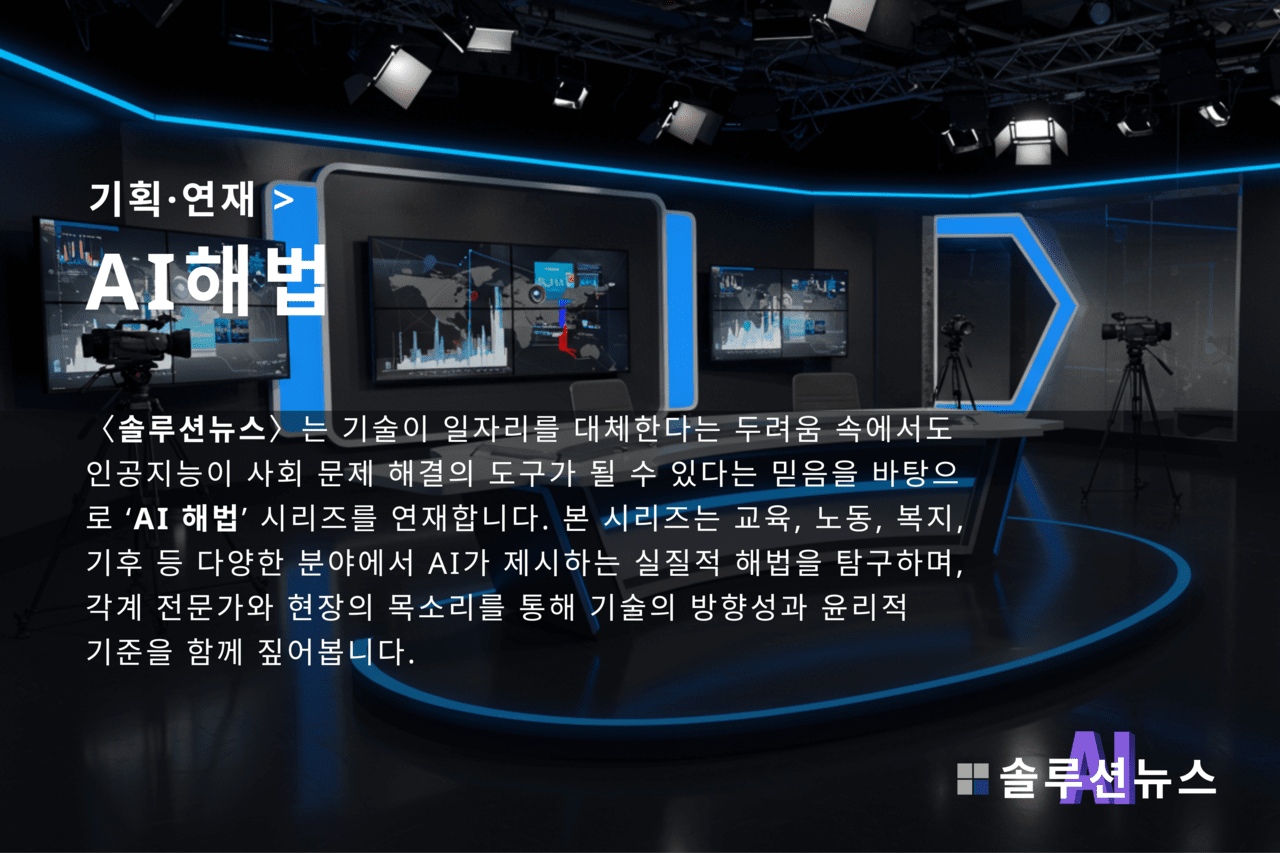Climate change is no longer a distant issue. Extreme weather events like heatwaves, cold spells, wildfires, and floods are repeating worldwide as part of everyday life. The climate crisis is now perceived not as an abstract discourse but as a survival issue. Countries are proposing measures to reduce carbon emissions, but actual changes are proceeding faster than expected. In this trend, Artificial Intelligence (AI) is emerging as a new means of response.

AI is being used to analyze massive climate data, detect anomalies early, and predict risks. The technology that integrates satellite images, weather information, and terrain and marine data to preemptively warn of the possibility of wildfires or floods in specific areas has already reached practical stages. It is being used not only to improve forecast accuracy but also in planning to reduce disaster damages.
In agriculture, AI technology is being introduced to predict changes in crop growth, recommend varieties, and adjust cultivation timing. Its role is also expanding in the energy sector. Systems are being established to forecast power demand, manage the production of renewable energy, and minimize grid instability. In situations where climate change directly affects energy supply and demand, it is highlighted as a technology that can solve both stability and carbon reduction.
Policies are also following suit. The European Union is attempting to integrate climate policy with AI technology through its ‘Digital Green Transition’ strategy, and the United States is pursuing the construction of a federal AI climate data platform. South Korea is also developing systems to warn high-risk areas early under the joint leadership of the Ministry of Environment and the Meteorological Agency.
The potential of technology is ample, but there are limitations to its spread. Creating advanced models requires large data sets and high-performance computing resources. The costs and infrastructure disparities arising from this process lead to gaps in technology utilization between regions. Standards for securing algorithm reliability must also follow.
The climate crisis is a complex issue that cannot be solved with a single solution. However, AI is one of the few means that can be used immediately in the field. Data enables predictions, and the more accurate the predictions, the faster the response speed. Technology is at the center of this.
In climate response, technology is no longer an option. AI is a tool to speed up the response and expand the possibilities. The choice has already been made. Now it’s a matter of execution.